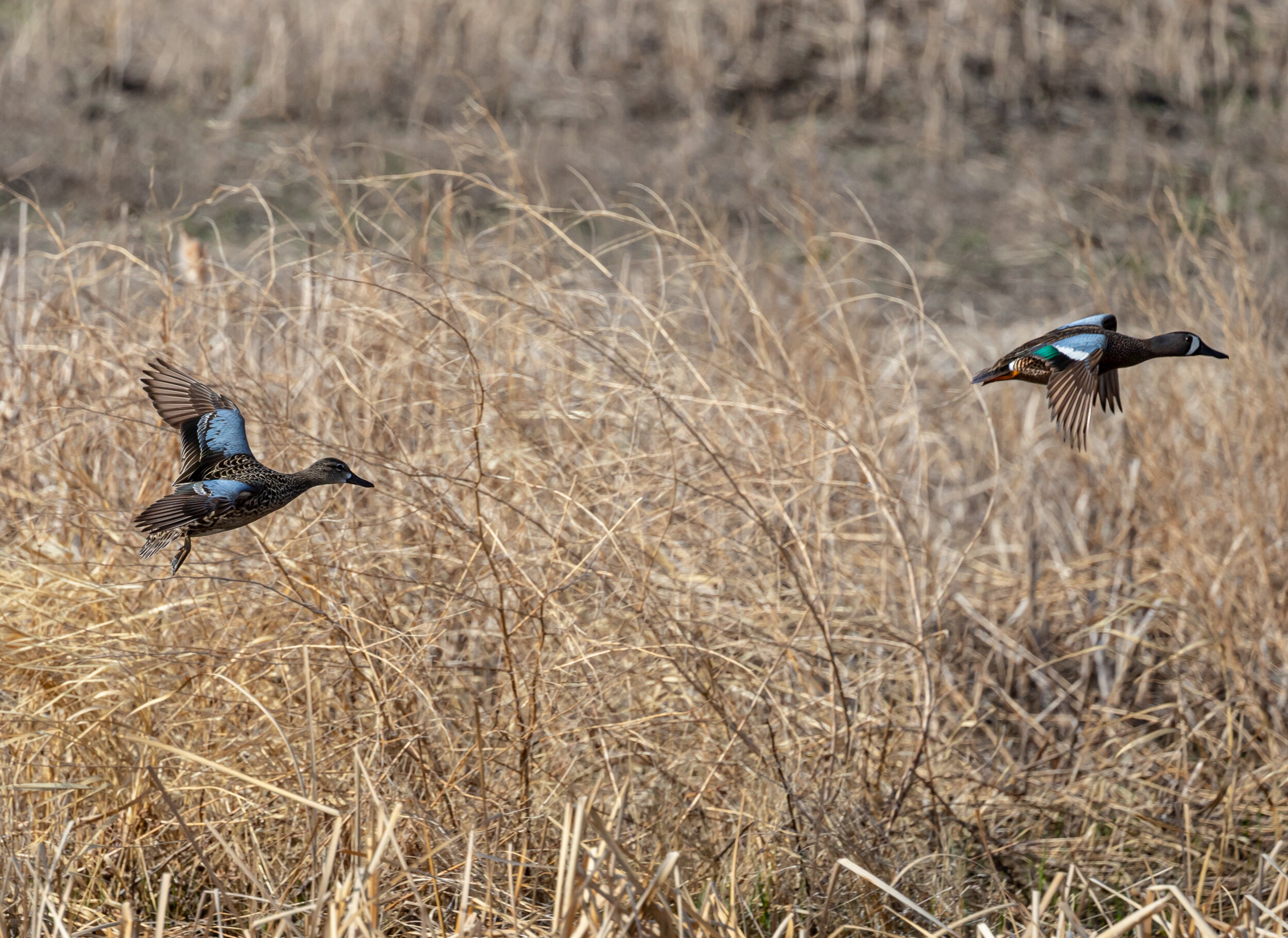Waterfowl Production Down 27%
Ryan Barnes for SPLIT REED
Sound the alarm.
North Dakota has long been one of the most crucial states for nesting and breeding ducks in the prairie pothole region. Last year it was estimated that over 4,000,000 ducks were produced from North Dakota. This year, however, things don’t look as promising. With NoDak in a severe drought, duck production numbers are way down. A drastic turn in the wrong direction from the 9% increase in duck production- where they were in 2020.
Ten species of ducks are most common in North Dakota. The most abundant being blue-wing teal, followed by mallards, pintail, green-wing teal, canvasbacks, scaup, Northern shovelers, gadwall, and many others. It’s also a large production area for Canada geese. It’s estimated that over 50% of waterfowl in the US are produced from the Prairie Pothole Region, with North Dakota being in the heart of that. So in a drought year, it can be assumed that duck production and duck numbers will dwindle.
About 85% of North Dakota is experiencing a major drought, due to a lack of Winter conditions in 2020, and an extremely light Spring rainfall. Which obviously means lack of habitat and breeding grounds for duck and goose production (not to mention the ramifications that it will have on farmers and farmland, which are used for both food for waterfowl, and hunting ground for hunters). The 800 wildfires that have scorched through the plains also have taken a toll on nesting ducks. Burning up even more acreage that could have otherwise been used to create nesting areas and produce broods.
While numbers of migrating ducks and geese through both the Dakotas were above normal through the 2020-21 hunting season, it can be expected that the current drought is going to have a negative effect on the numbers of ducks and geese in the 2021-22 season. With fewer ducks being produced in one of the meccas of duck production this will in turn have a serious effect on the number of birds that make their way south through the central and surrounding flyways. The overall water index is currently down 80% in the state, making the breeding grounds of North Dakota extremely barren.
Because of the COVID-19 pandemic, the USFWS has canceled their breeding duck survey for the second year in a row, largely due to the Canadian border still being closed to US travel. However, bag limits are expected to remain the same, so it falls on us as hunters to do our part to make up for the damage done by the lack of duck production in North Dakota. Now is the time when hunters can step up and do their part; while uncontrollable environmental conditions have reduced waterfowl production numbers by 27%, hunter-controlled actions can help birds bounce back over the next couple of seasons (barring more years following this spring with similar conditions).
LET THE HENS LIVE!
We know, sometimes you get into a flock of birds and you happen to knock down a hen. It happens. But please, be judicious of the shots you take and try to avoid killing hens.
COUNT THE CRIPPLES/NON-RECOVERED IN YOUR LIMIT
This is actually a law in most states (that we know of). One that we would hope everyone adheres to. If you shoot a bird, but can’t find it, please still count it in your bag limit. Ducks can fall into the heavy brush, or sail off a great distance when just clipped, not all can be recovered. It’s not the best thing in the world, but it does happen. When it does, understand that bird should be counted in your bag limit.
REPORT YOUR BANDS AND FILL OUT YOUR WATERFOWL SURVEYS
With the USFWS going another year without a breeding duck survey, it’s important that we as hunters do our part to give as much information back as we can. If you’re lucky enough to shoot a banded bird, report it, and take the time to fill out any waterfowl harvest surveys you have the chance to. This helps give state and federal agencies accurate information, allowing them to better do what they need to do to help get duck production back on track!
North Dakota may be in a severe drought this year, so we as hunters need to be mindful of the impacts that will have on waterfowl production. When the “duck factory” of the United States isn’t working at full capacity, it’s on us as hunters to pick up the slack.
Sources: Delta Waterfowl US News Waterfowler Magazine




